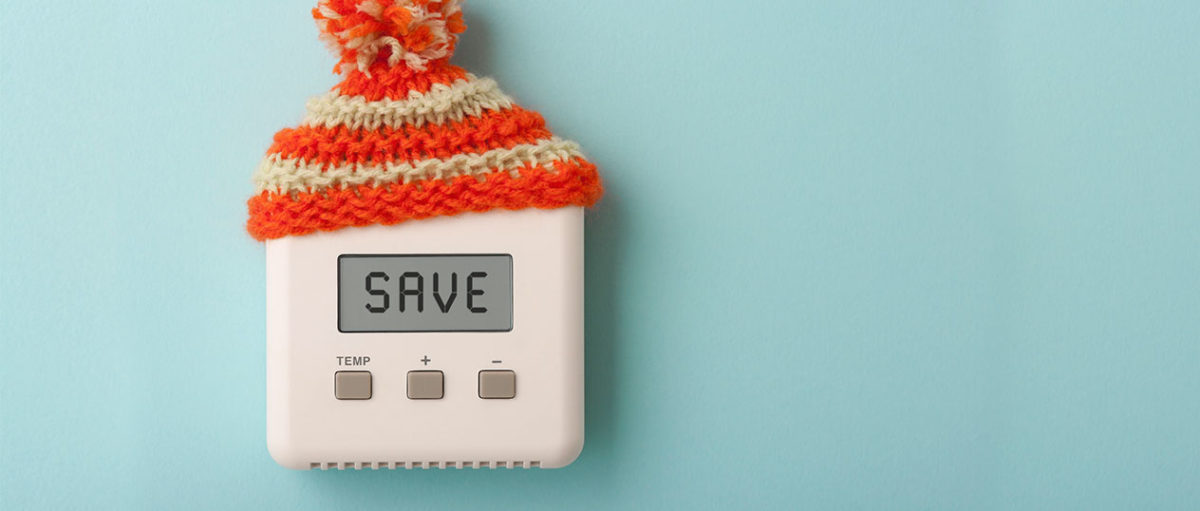Cold weather is on the way. Here’s how you winterize vacation home to keep it safe while you’re gone.
If you have a second home, it’s important to protect it year round from any type of plumbing or electrical disasters since you’re not living there full time. This can be as simple as turning the water off in the warmer months, but when it gets cold, “winterizing,” or protecting your home from the elements becomes a lot more involved.
If your second home is somewhere on a sunny beach, this checklist may not be for you, but if your vacation of choice is a trip to a cabin in the woods, you’d better pay close attention. Checking off these action items can make all the difference between enjoying your next vacation and coming home to thousands of dollars’ worth of repairs. On your mark. Get set. Winterize!
If you have a second home, it’s important to protect it year round from any type of plumbing or electrical disasters since you’re not living there full time.
1. Turn off the water
Make sure that the water supply is turned off completely at the main supply point! We don’t want any busted pipes over the winter. Don’t forget to turn off your irrigation system either if they’re on separate main supplies. A $500 replacement for a cracked backflow preventer is the last thing you’ll want to come home to.
2. Down the drain
More frozen pipe insurance. Drain everything that holds water like toilets, pools, fountains, sinks, etc. You might also consider pouring an antifreeze solution down your drains if it gets really cold where you’re at.
3. Is it hot in here?
Set your thermostat to a level that will keep the inside of your home above freezing. We recommend leaving the heat on at least 50 degrees to eliminate any mold and mildew that may form from condensation.
4. Unplug
If you’re leaving your power on, unplug all your electric appliances (microwaves and TVs included) to prevent any fire hazards and save some energy.
5. Foot off the gas
If you’re going to be gone awhile, many experts recommend shutting off gas hot water heaters completely.
6. Empty the fridge
It goes without saying that you should throw out any perishables. Since you’re going to be unplugging the fridge, it’s best to take everything out, wash both the fridge and freezer thoroughly, and leave the doors open to prevent any mold or mildew growth.
7. Say no to bugs (and rats)
After you take the trash out (duh), wash the trash cans in the kitchen and put away any soaps, sponges, candles, and other possible food sources for vermin. Rodent repellents under the sink and in the garage will work well too.
8. Wash and learn
Linens, bedding, and towels should be washed and stored in plastic containers. Open up the drawers and strip the beds to let the mattresses air out. Don’t forget to vacuum your floors and carpet either!
9. Take cover!
If you have any outdoor plants that don’t do well in the cold,
cover them up with an old blanket to prevent frost damage.
10. Put the toys away
Any boats, dirt bikes, canoes, bicycles, cars, etc. should be stowed away in a garage while you’re gone. If there are any window views into your storage space, cover them. You don’t want people to be able to see into your house and be tempted to take anything.
11. Lock it up
Lock all entrances to your home. That’s just common sense.
12. Set the stage
Many people choose to install
timed lights in order to create the illusion of an occupied home. It’s a good way to add some extra security while you’re gone.
13. Like a good neighbor . . .
If you have any neighbors close by that you trust, have them stop by every now and then to make sure everything’s fine. Leave them a key for emergency entry if something goes wrong. You might also consider a monitoring system to check the status of your home’s temperature and power while you’re away.
Do you have any tips to share about winterize vacation home? Share them with us on social media!




